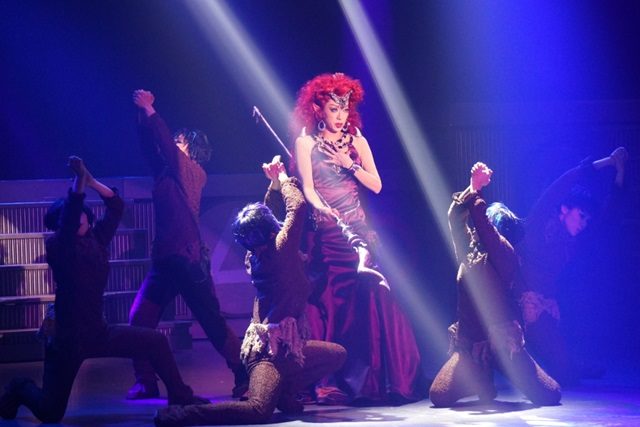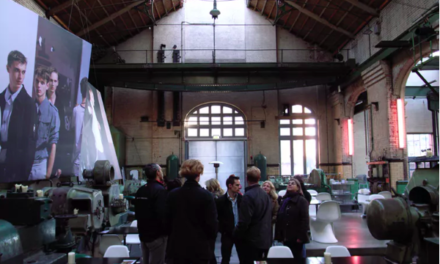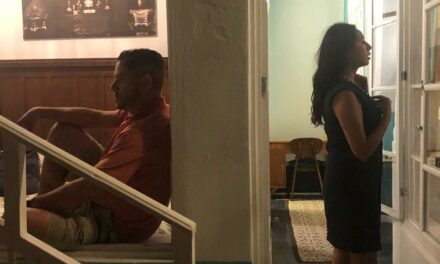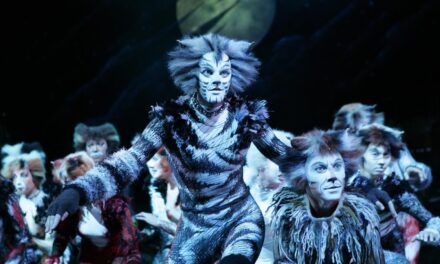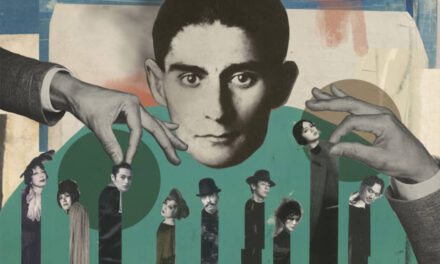The adaptation of Japanese manga into musical theatre productions represents an interesting entertainment phenomenon in Japanese society, as manga and anime tradition is a prominent part of the cultural and social texture of Japan.
In the last decades, several manga characters have seen their transition and trans-codification from the original comics to the live show. Successful samples are The Rose of Versailles, Utena, Sailor Moon, Bleach, The Prince of Tennis and others.
Among these, of a particular importance and interest is the production of the Takarazuka Revue, creator of The Rose of Versailles saga, from the work Versailles no Bara by Riyoko Ikeda and firstly adapted by Shinji Ueda. Takarazuka Revue and, particularly, The Rose of Versailles can be considered as models to understand the development of the “Manga (or Anime) Musical” form.
Established in 1913 in the town of Takarazuka (Hyogo Prefecture) and with the headquarters (since 19244) in the Grand Theatre Takarazuka – two auditoria with 1,543 and 1,007 seats – the Revue is a complete female theatre company, specialized in original and imported musicals. Its repertory can be divided into three main sections, according to the kind of musicals that they stage: first of all, Takarazuka Revue presents adaptation of works from the Western tradition, such as adaptation from Shakespeare, Hemingway, Fielding, Scotto Fitzgerald, Pushkin; then adaptation of Asian work, like a Japanese version of Farewell My Concubine, classical masterpiece of the Beijing Opera, in 1951; finally production based on Japanese tradition, both classical tales (e.g. Genji Monogatari) and pop sources.
The importance of the Takarazuka Revue is underlined, i.e., in the seminal book by Benito Ortolani on Japanese Theatre, with a special chapter in which Ortolani consider the company – that was also linked to the great mangaka Osamu Tezuka – as the most original phenomenon of 20th-century performing arts in Japan.
The idea of “Manga Musical” belongs to the third section of Takarazuka Revue’s production and sees its beginning with the first staged of the above-mentioned The Rose of Versailles, in 1974. The original show, set a bit earlier the French Revolution, was based mainly on the love affair between the protagonist Oscar François de Jarjayes and André Grandier and the one between Hans Axel von Fersen and the Queen Marie Antoinette. The company developed an initial production of the plot, creating a series of three chapters, each one devoted to a particular moment in the life of Oscar and the other main characters.
Since 1974, it is clear the peculiarity of the musical and o the other ones adapted from the manga. They are not isolated shows that conclude their story line in one production, but are intended as episodes of more complex theatrical series, with the main plot and, often, several spin-offs, becoming a real “open-text, using Umberto Eco’s expression.
Still using The Rose of Versailles as a case study, the musical series has been exponentially developed over the decades, with rewrites of the old stories by new authors and the staging of new episodes, focused on other characters of the manga by Riyoko Ikeda, with a total of 16 episodes (till 2009) and around 30 original and revival shows.
As noted by Stickland in 2008, Takarazuka Revue creates a model for “manga musical” produced by other companies, such as the stage adaptations of The Prince of Tennis, based on the Shonen (1999-2008) by Takeshi Konomi, in more than 20 episodes, or the musicals from Sailor Moon by Naoko Takeuchi, in no fewer than 29 episodes.
With “Manga musical,” theatre show is no longer configured as a unique production, but becomes part of a more complex universe, with the different stagings that are simple episodes, sequels and prequels of a bigger mosaic and essential in understanding the whole story.
It is a codification of theatre as a series, a theatre that has to be considered as a macro-performance and a hypertext, that adapt not only the plot of manga but its episodic development. There is, then, a clear parallel between the single show, as part of the franchise, and the manga tankōbon.
https://www.youtube.com/watch?v=JLy2iOnBnsA
This post was written by the author in their personal capacity.The opinions expressed in this article are the author’s own and do not reflect the view of The Theatre Times, their staff or collaborators.
This post was written by Armando Rotondi.
The views expressed here belong to the author and do not necessarily reflect our views and opinions.

